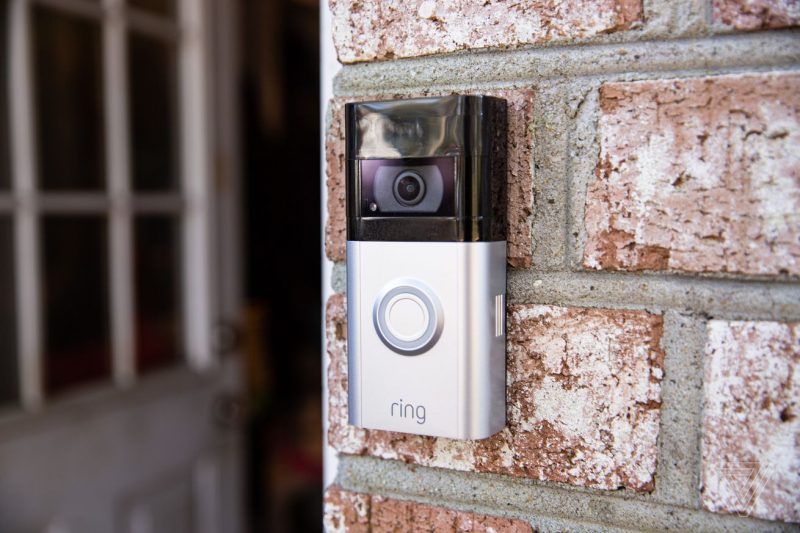As technology continues to advance and improve our lives, the market for smart home devices has expanded rapidly. One of the key players in this industry is Ring, a company best known for its video doorbells and home security systems. However, recent news has left many customers feeling unsettled as Ring announces a 25 percent price increase for its cheapest subscription plan.
Ring, now a subsidiary of Amazon, has gained popularity due to its affordable price points and easy-to-use products. The company’s subscription plans, known as Ring Protect, offer additional features and services that enhance the functionality of their devices. However, the recent price hike has caused some concern among consumers.
The cheapest subscription plan, previously priced at $3 per month, will now be raised to $3.75 per month. While this may not seem like a significant increase at first glance, it does raise questions about the affordability and long-term costs of using Ring’s products. It is important to note that the higher-tier subscription plans will not be affected by this price adjustment.
Ring has justified the price increase by stating that it will allow the company to invest in new features and improve the overall customer experience. They claim that the additional revenue generated from the higher subscription fees will be used to fund research and development initiatives, as well as customer support and maintenance services. However, some customers are skeptical about these claims, questioning whether the increased price is truly necessary or if it is simply a means of generating more profit for the company.
Furthermore, the timing of this price increase is also questionable. With the ongoing COVID-19 pandemic, many households are experiencing financial uncertainty and may not be able to afford the additional expense. Some customers who have relied on Ring’s affordable pricing as a key factor in their purchasing decision may now be forced to reconsider their loyalty to the brand.
In response to the price increase, some Ring users have expressed their disappointment and frustration on social media platforms. They argue that the higher fees should come with significant upgrades and improvements to justify the added expense. Additionally, customers have suggested that Ring should offer more flexible subscription options to cater to varying needs and budgets, rather than implementing a blanket increase across all plans.
As with any change in pricing, there will always be a divide in opinions. While some customers may understand and accept the need for increased fees, others may feel that Ring has taken advantage of its popularity and loyal customer base. The company will need to carefully assess the impact of this decision and evaluate the potential consequences in terms of customer satisfaction and loyalty.
In conclusion, Ring’s decision to raise the price of its cheapest subscription plan by 25 percent has undoubtedly sparked a wave of discussion among its customer base. The affordability of smart home devices and the associated subscription plans is an important factor in the purchasing decision for many consumers. It remains to be seen how this price increase will affect Ring’s reputation and customer relationships in the long run. As the smart home industry continues to evolve, companies must find a delicate balance between providing innovative products and services, and offering fair and affordable pricing structures that meet the needs of their customers.

